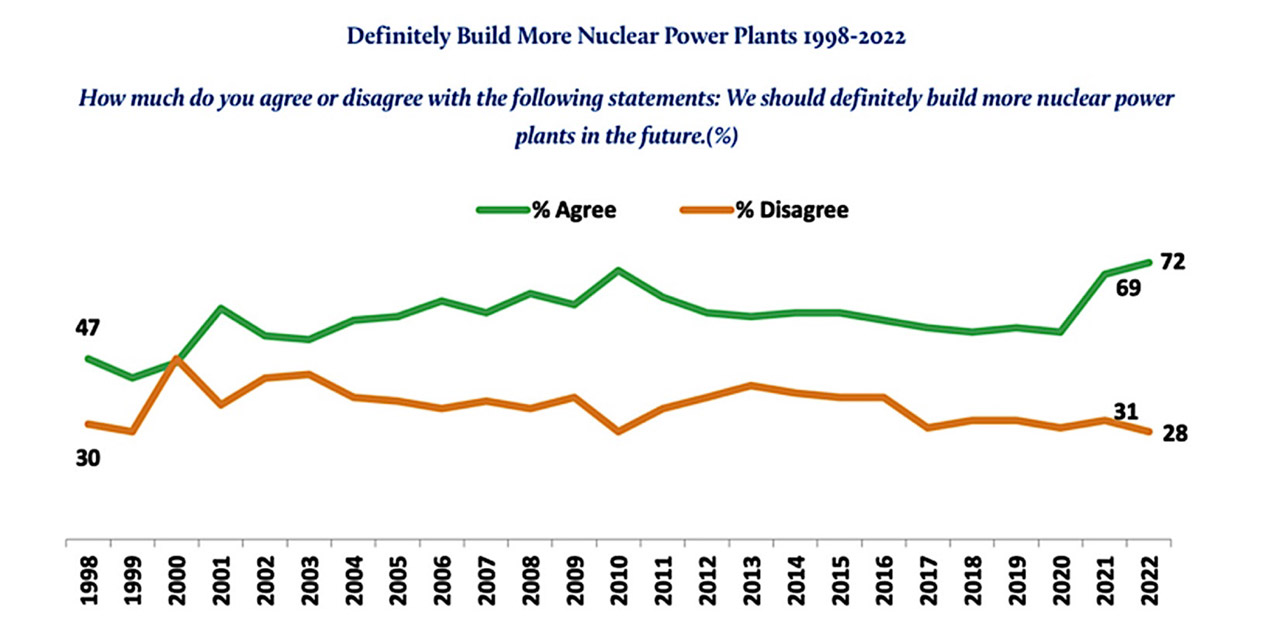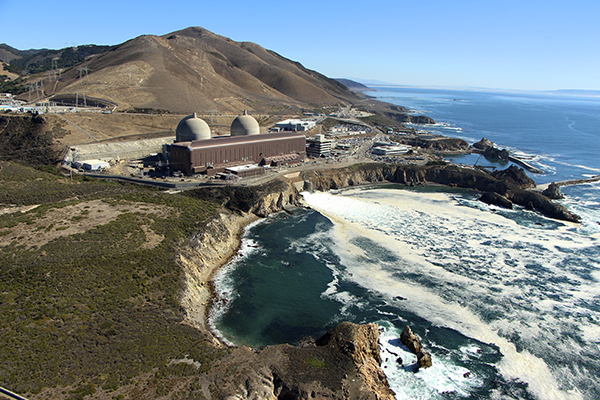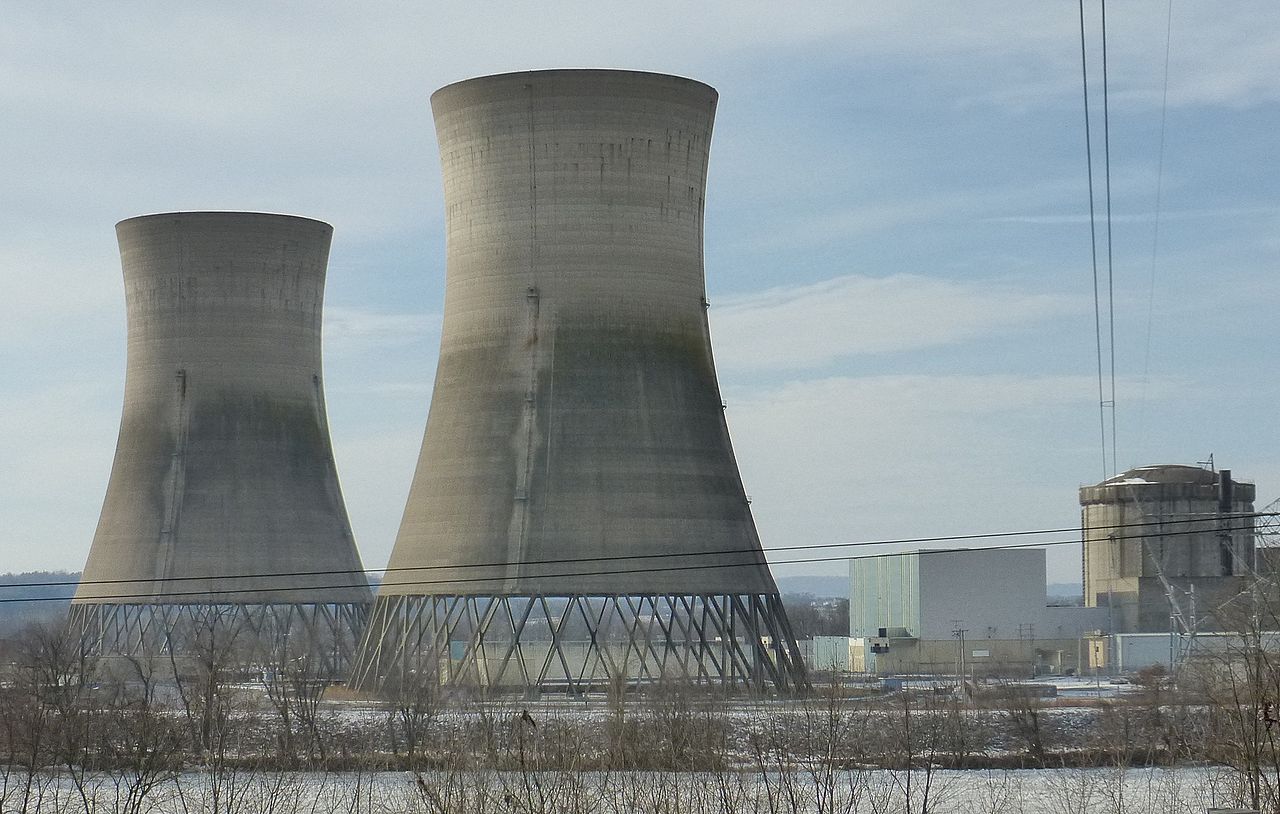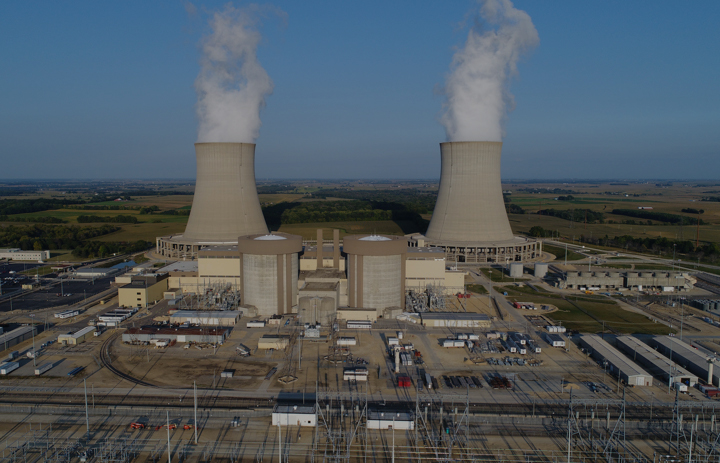Sen. Tommy Tuberville of Alabama.
Legislation known as the Thorium Energy Security Act, introduced in Congress last month by U.S. Sen. Tommy Tuberville (R., Ala.), would put a halt to the destruction of U.S. stockpiles of uranium-233 and instead would foster its integration into the development of thorium molten salt–cooled reactors, Newsweek reported last week. The act has been referred to the Senate Committee on Energy and Natural Resources.
Roadmap for the China Initiative Accelerator-Driven System project development. (Image: Zhijun Wang/CAS)
Researchers at the Chinese Academy of Sciences’ Institute of Modern Physics are making strides with their China Initiative Accelerator-Driven System (CiADS) technology, which is being developed to get more life out of used nuclear fuel. Defense One, an online news source that focuses on “the future of U.S. defense and national security,” describes the prototype system as a step in moving China toward energy independence and advancing that nation’s “global leadership in climate-friendly technology.”
Rendering of the Thor and Sif concept cruise ships. (Image: Ulstein)
The Norwegian shipbuilding company Ulstein has developed a design concept for a cruise ship fueled by a molten salt nuclear reactor. In the company’s concept, the 500-foot-long, 60-passenger ship, named Thor—in reference to the Norse god as well as the thorium used in the reactor core–would generate its electricity with the onboard reactor. The ship would also serve as a charging station for a fully electric companion ship named Sif, named after the goddess who was Thor’s wife.
Diablo Canyon nuclear power plant
This past April, California Gov. Gavin Newsom expressed interest in using the federal government’s new $6 billion Civil Nuclear Credit (CNC) Program to keep Pacific Gas and Electric Company’s Diablo Canyon nuclear plant in operation beyond its scheduled 2025 closure date.
That interest would appear not to have waned, as Newsom’s cabinet secretary, Ana Matosantos, recently sent a three-page letter to energy secretary Jennifer Granholm requesting some alterations to the program’s language to ensure that Diablo Canyon would be eligible to participate.
The full letter, detailing the requested changes, is available here.
The cooling towers of Unit 2 at Three Mile Island Nuclear Generating Station, closed since the accident in 1979.
The Three Mile Island accident in 1979 was the most-studied nuclear reactor event in the U.S. There is a plethora of research about the accident available to the general public, including the president-appointed Kemeny Commission report and the Nuclear Regulatory Commission’s Rogovin inquiry report (split into volume one, and volume two, parts one, two, and three), which are the two detailed government-sponsored investigations into the accident. There are also thousands of documents in the NRC’s ADAMS database available to the public, an excellent overview by NRC historian Samuel Walker Three Mile Island: A Nuclear Crisis in Historical Perspective, as well as the Nuclear News special report from April 1979, and articles written by ANS members like William Burchill about the accident and the many changes it forced on the industry. If the producers of Meltdown: Three Mile Island—available on Netflix—had read any of those documents instead of relying mostly on input from antinuclear activists, their “documentary” might have been presented with at least some sense of balance and credibility.
Instead, similar to a recent Science Channel documentary on the Three Mile Island accident, Meltdown focuses on drama instead of science. This four-part miniseries does not attempt to provide a balanced set of facts from the technical community and instead relies heavily on nonexpert opinions and anecdotal statements to tell a story that easily falls apart under even the faintest scrutiny.
Nuclear News reached out to multiple ANS members who were involved with either the accident response or the clean up to help provide a critical look at some of the more egregious statements made in the documentary.
Rafael Mariano Grossi speaks on a panel at the World Economic Forum Annual Meeting. (Photo: WEF)
Rafael Mariano Grossi, director general of the International Atomic Energy Agency, has authored an article for the World Economic Forum Annual Meeting held last week in Davos, Switzerland.
Byron nuclear power plant (Photo: Constellation)
“Keeping Illinois nuclear plants open is saving some customers $237 a year on average,” reads the headline of a recent CNBC article about the Climate and Equitable Jobs Act, which was passed by the Illinois legislature and signed into law by Gov. J.B. Pritzker in September 2021. The legislation includes a provision to keep Illinois nuclear power plants open to meet the state’s clean energy goals, even if the facilities are not profitable.












 The International Atomic Energy Agency’s Division of Nuclear Security is inviting female students who are enrolled in master’s programs in nuclear security to apply for internships in the IAEA
The International Atomic Energy Agency’s Division of Nuclear Security is inviting female students who are enrolled in master’s programs in nuclear security to apply for internships in the IAEA 
